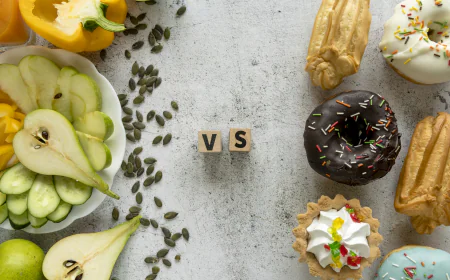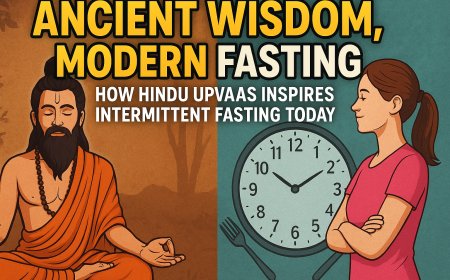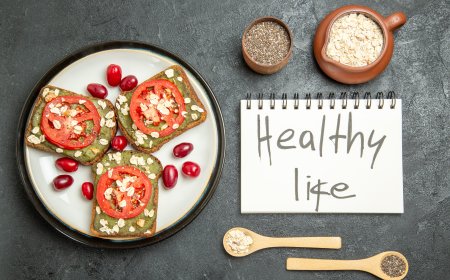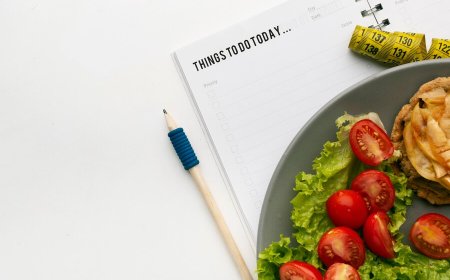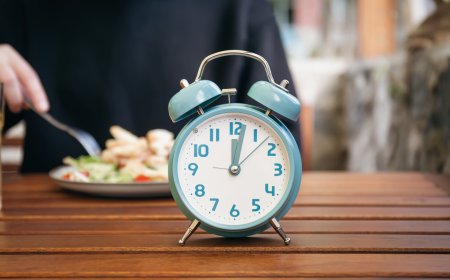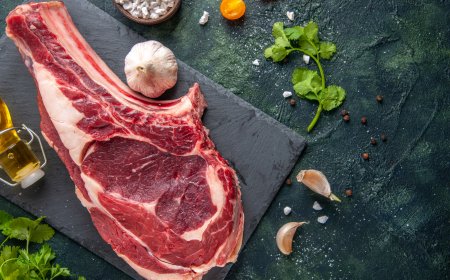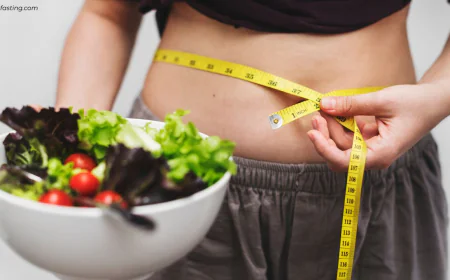Eat-Stop-Eat Intermittent Fasting Guide | 24-Hour Fasting for Real Results
Discover how the Eat-Stop-Eat method works and why it’s ideal for intermittent fasting fans seeking flexibility and fast results. Learn benefits, steps, and tips to succeed.

Eat-Stop-Eat: The 24-Hour Intermittent Fasting Method That Works
Looking to level up your fasting game without committing to daily routines? The Eat-Stop-Eat method might be exactly what you need. This powerful yet simple fasting style offers amazing benefits with just one or two 24-hour fasts a week — no calorie counting required on normal days!
What is Eat-Stop-Eat?
Eat-Stop-Eat is a form of intermittent fasting where you fast for a full 24 hours, once or twice per week. You eat normally on non-fasting days.
Example:
- Eat dinner at 8 PM Monday
- Don’t eat again until 8 PM Tuesday
- Resume normal eating on Wednesday
That’s it. Just one (or two) full-day fasts a week — zero meals, just hydration.
Why People Love Eat-Stop-Eat
- No daily calorie tracking
- Flexible with your schedule
- Burns fat and improves metabolism
- Gives your digestive system a break
- Increases discipline and mental clarity
What Happens During a 24-Hour Fast?
When you go a full day without food:
- Your body switches to fat-burning mode
- Insulin levels drop, making fat more accessible
- Human growth hormone increases (supports fat loss + muscle repair)
- Autophagy kicks in — your cells clean up old waste
This isn’t just about skipping meals — it’s about giving your body time to heal, reset, and burn stored fat efficiently.
Can You Drink During the Fast?
Yes! But only zero-calorie drinks:
- Water (add lemon for taste)
- Black coffee
- Herbal teas
Avoid: Milk, sugar, or juices
What to Eat Before and After a 24-Hour Fast
Before the Fast:
- Focus on fiber-rich carbs + lean protein
- Avoid sugar and high-fat meals
- Drink plenty of water
After the Fast:
- Break the fast gently — start with soup, fruits, or a light salad
- Then follow with a balanced meal (protein, healthy fats, complex carbs)
- Don't binge — your stomach may be sensitive
Common Mistakes to Avoid
- Binging after the fast
- Not hydrating enough
- Fasting too often as a beginner
- Ignoring how your body feels
How to Start Eat-Stop-Eat in 5 Easy Steps
- Pick 1 day (e.g., Tuesday) to fast
- Finish dinner by 7–8 PM the night before
- Stay hydrated throughout the day
- Plan light movement (walks, yoga) on fasting day
- Break your fast with care — avoid heavy, greasy foods
Who Should Try This?
Eat-Stop-Eat is ideal for:
- Intermediate fasters (already tried 14:10 or 16:8)
- People with busy schedules
- Those wanting serious fat loss without daily restriction
Who Should Avoid It?
- Pregnant or breastfeeding women
- People with diabetes or eating disorders
- Anyone on medication (consult your doctor)
Key Takeaways
- Eat-Stop-Eat = 24-hour fasting once or twice a week
- Super effective for fat loss, insulin sensitivity & cellular repair
- Works best when paired with clean eating and hydration
- Start slow, be consistent, and always listen to your body
FAQs – Eat-Stop-Eat
Q: Will I lose muscle during a 24-hour fast?
A: No — short fasts boost growth hormone, which helps preserve muscle. Just eat enough protein on non-fasting days.
Q: Can I fast two days in a row?
A: Not recommended. Always leave at least one day between fasts to recover properly.
Q: Can I exercise on fasting days?
A: Light workouts like walking or stretching are fine. Save intense training for eating days.
